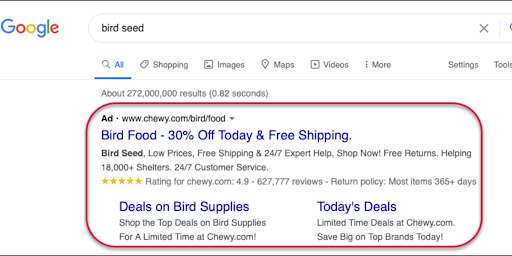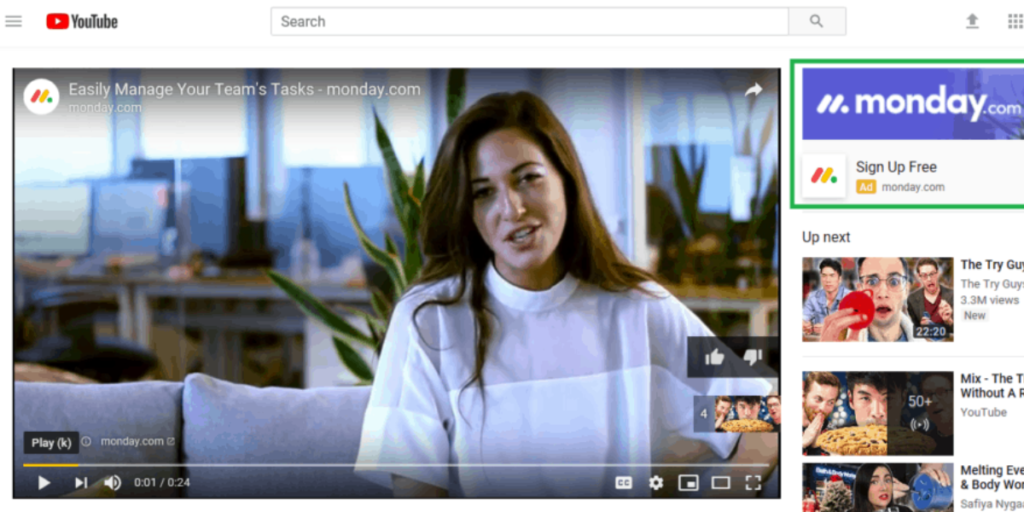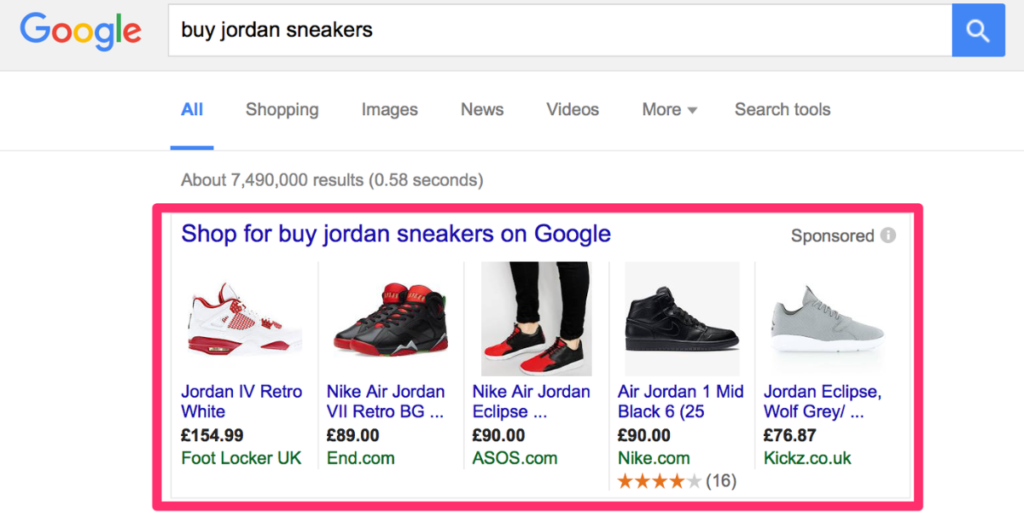Comprehensive Guide to Different Types of Google Ads Campaigns
Google Ads offers a variety of campaign types to help businesses reach their marketing goals. Understanding the different types of campaigns and how to use them effectively can significantly enhance your advertising efforts. This blog provides a detailed overview of the various Google Ads campaign types, along with explanations and examples to help you choose the right one for your business.
1. Introduction
Google Ads is a powerful advertising platform that allows businesses to create targeted ads to reach their audience. Each campaign type has its own unique features and benefits, making it essential to understand their differences to choose the right one for your objectives.
2. Search Campaigns

Search campaigns are the most common type of Google Ads campaigns. They appear on Google search results pages when users search for keywords related to your business.
Key Features:
- Text Ads: These are the most common format in search campaigns.
- Highly Targeted: Ads appear only when users search for specific terms.
- Cost-Effective: Pay-per-click (PPC) model ensures you pay only when someone clicks on your ad.
Example:
A local plumbing business creates a search campaign targeting keywords like “emergency plumber” and “plumbing services near me.” When someone searches for these terms, the business’s ad appears at the top of the search results, driving targeted traffic to their website.
3. Display Campaigns

Display campaigns show ads across the Google Display Network, which includes millions of websites, apps, and Google-owned properties like YouTube.
Key Features:
- Visual Ads: Use images, videos, and rich media.
- Broad Reach: Reach users while they browse their favorite websites or apps.
- Retargeting: Show ads to users who have previously visited your site.
Example:
An online retailer launches a display campaign featuring banner ads showcasing their latest products. These ads appear on popular websites and apps, increasing brand awareness and driving traffic to their online store.
4. Video Campaigns

Video campaigns allow you to display video ads on YouTube and across the Google Display Network.
Key Features:
- Engaging Format: Video ads capture attention and can convey messages more effectively.
- Various Ad Types: Including skippable in-stream ads, non-skippable in-stream ads, bumper ads, and more.
- Targeting Options: Target by demographics, interests, and more.
Example:
A fitness brand creates a video campaign featuring a 30-second workout routine. These videos play before YouTube content, targeting users interested in health and fitness.
5. Shopping Campaigns

Shopping campaigns promote your products by displaying product listings on Google search results and across the Google Display Network.
Key Features:
- Product Images: Ads feature product images, prices, and store names.
- Highly Intent-Driven: Appears when users search for specific products.
- Easy Management: Use Google Merchant Center to manage your product feed.
Example:
An e-commerce store selling electronics creates a shopping campaign. When users search for “laptops,” their products appear at the top of the search results with images, prices, and links to purchase.
6. App Campaigns

App campaigns are designed to promote your mobile app across Google Search, YouTube, Google Play, and within other apps.
Key Features:
- Automated Ads: Google optimizes your ads for installs and in-app actions.
- Wide Reach: Promote your app across multiple Google properties.
- Performance-Based: Focus on driving app installs or in-app conversions.
Example:
A gaming app developer launches an app campaign to drive installs. The ads appear on Google Play, YouTube, and within other apps, encouraging users to download the game.
7. Smart Campaigns

Smart campaigns are designed for small businesses and those new to Google Ads. They automate much of the campaign setup and management process.
Key Features:
- Automated Management: Google handles targeting and ad creation.
- Simple Setup: Easy to set up and requires minimal ongoing management.
- Goal-Oriented: Focus on driving calls, website visits, or store visits.
Example:
A local bakery sets up a smart campaign to attract more customers. The campaign automatically creates ads and targets users based on the bakery’s business goals, such as driving foot traffic to the store.
8. Discovery Campaigns
Discovery campaigns allow you to reach users across Google’s Discover feed, YouTube Home, and Gmail promotions.
Key Features:
- Rich Visuals: Ads use images and rich media.
- Broad Reach: Access billions of users across multiple Google properties.
- Intent-Driven: Target users based on their interests and behaviors.
Example:
A travel agency creates a discovery campaign showcasing exotic vacation packages. The visually appealing ads appear in users’ Discover feeds, YouTube Home, and Gmail promotions, inspiring users to plan their next trip.
9. Performance Max Campaigns
Performance Max campaigns are designed to maximize performance across all Google Ads inventory from a single campaign.
Key Features:
- Automated Bidding: Uses machine learning to optimize bids and placements.
- Cross-Channel Reach: Combines search, display, video, and more.
- Goal-Focused: Tailored to specific marketing objectives like sales or leads.
Example:
An online clothing store launches a Performance Max campaign to drive sales. The campaign uses automated bidding and placements across Google Search, Display, YouTube, and more, ensuring the ads appear in the most effective locations.
10. Conclusion
Google Ads offers a variety of campaign types to suit different business goals and marketing strategies. Whether you want to drive website traffic, increase brand awareness, promote a mobile app, or boost sales, there’s a Google Ads campaign that can help you achieve your objectives. By understanding the unique features and benefits of each campaign type, you can create targeted and effective advertising strategies that deliver results.
